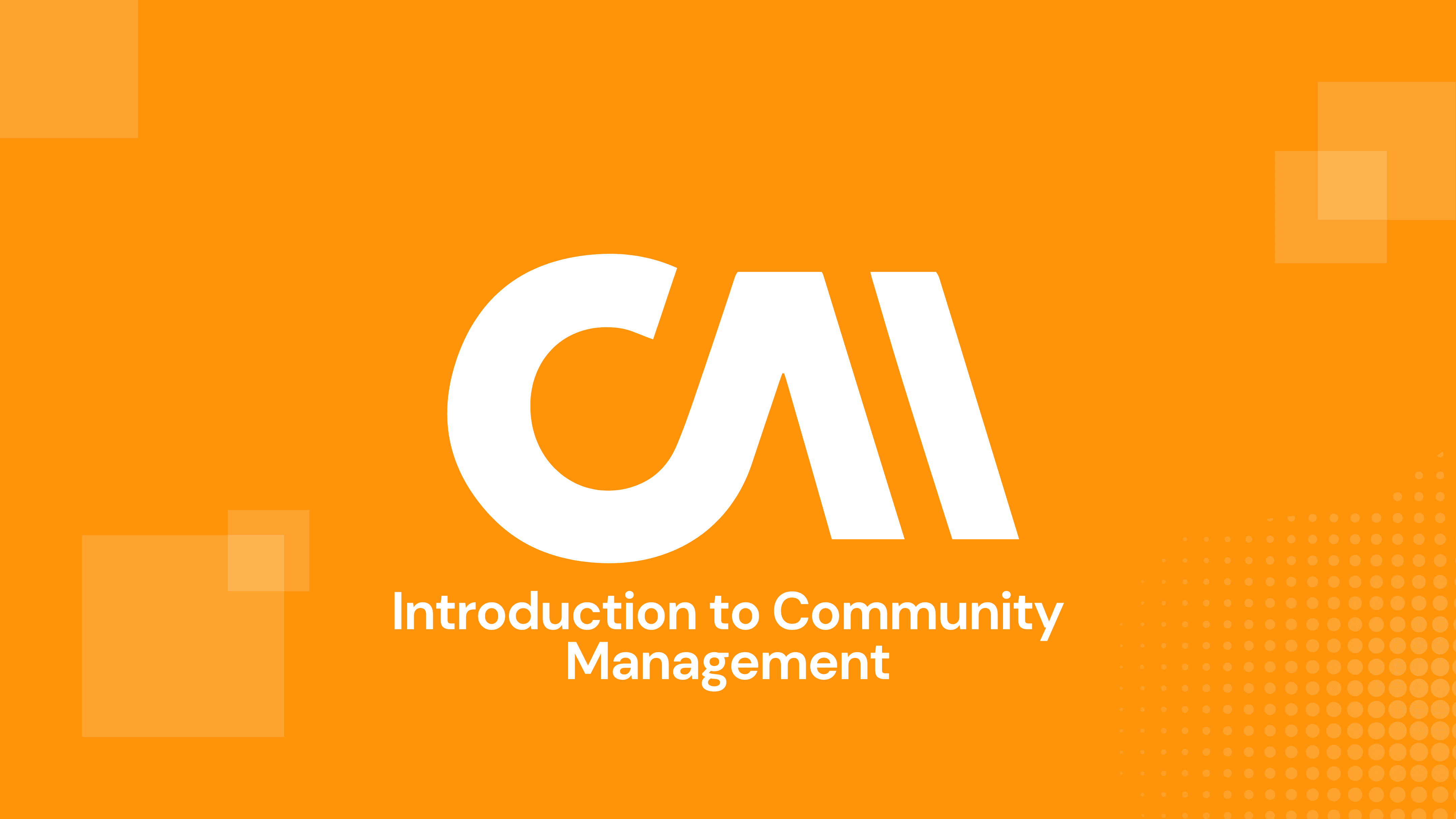
Importance of Community Engagement
Community engagement is a vital aspect of community management. Building an engaged community is crucial for the success and sustainability of any community initiative. An engaged community fosters trust, advocacy, and active participation, which in turn leads to a vibrant and supportive community ecosystem.
Understanding the Psychology of Community Engagement
To effectively build an engaged community, it is important to understand the psychology behind community engagement. People engage with communities for a variety of reasons, including a desire for connection, a need for support, and a sense of belonging. Recognizing these underlying motivations can help community managers create an environment that encourages active engagement.
Elements of an Engaged Community
There are several key elements that contribute to building an engaged community:
1. Clear Purpose and Shared Vision
A clear purpose and shared vision are fundamental for community engagement. When community members understand the purpose and vision, they are more likely to actively participate and contribute to the community’s growth.
2. Effective Communication
Effective communication is essential for building an engaged community. Transparent and open communication helps community members feel heard, valued, and connected. It also facilitates the exchange of ideas, knowledge, and resources.
3. Active Listening and Empathy
Active listening and empathy play a crucial role in community engagement. Community managers should actively listen to community members’ needs, concerns, and feedback. Demonstrating empathy fosters a supportive and inclusive community environment.
4. Encouragement of Participation
Encouraging participation is key to building an engaged community. Community managers should create opportunities for members to contribute, collaborate, and share their expertise. Recognizing and celebrating member contributions further enhances engagement.
5. Cultivating Trust and Respect
Building trust and respect within the community is paramount. Establishing clear guidelines for behavior, enforcing them consistently, and fostering a positive and respectful culture help create a safe space for community members to engage authentically.
6. Value Creation
Offering value to community members is another important element of community engagement. Whether it’s through educational resources, exclusive content, or access to industry experts, providing value encourages members to stay engaged and actively participate.
7. Regular Feedback and Iteration
Regular feedback loops allow community managers to understand what is working and what needs improvement. Actively seeking feedback from members and iterating on community initiatives based on their input helps keep the community engaged and aligned with their evolving needs.
Strategies for Community Engagement
Community managers can implement various strategies to build and maintain community engagement:
1. Establishing a Welcome Process
Creating a warm and personalized onboarding experience helps new members feel valued and supported, promoting engagement from the start. Incorporating welcome messages, introductions, and providing resources to help them navigate the community can make a significant impact.
2. Facilitating Community Events
Organizing community events, such as webinars, workshops, or AMA (Ask Me Anything) sessions, fosters engagement and interaction among community members. These events provide opportunities for learning, networking, and showcasing expertise.
3. Rewarding and Recognizing Contributions
Recognizing and rewarding community members for their contributions encourages active participation. It can be in the form of badges, certificates, or special privileges. Publicly acknowledging members’ efforts can also motivate others to engage more.
4. Encouraging Collaboration and Peer-to-Peer Support
Encouraging collaboration and facilitating peer-to-peer support enhances community engagement. Setting up channels, forums, or discussion boards where members can connect, share knowledge, and help each other fosters a sense of belonging and active engagement.
5. Engaging with Influencers and Thought Leaders
Engaging influencers and thought leaders relevant to the community’s interests can help generate interest and attract new members. Collaborating with these individuals through interviews, guest posts, or panel discussions can create valuable content and enhance community engagement.
6. Providing Ongoing Learning Opportunities
Offering ongoing learning opportunities within the community keeps members engaged and invested. This can include providing educational resources, hosting expert-led workshops, or facilitating mentorship programs.
7. Measuring and Monitoring Community Engagement
Regularly measuring and monitoring community engagement metrics allows community managers to track progress and make informed decisions. Metrics such as active participation rates, member satisfaction surveys, and content performance analysis help gauge community engagement levels and identify areas for improvement.

